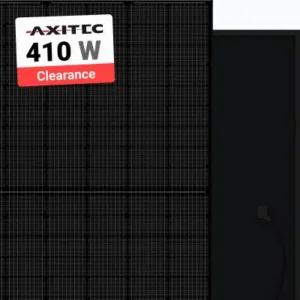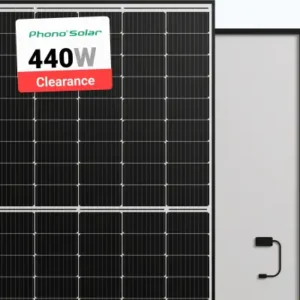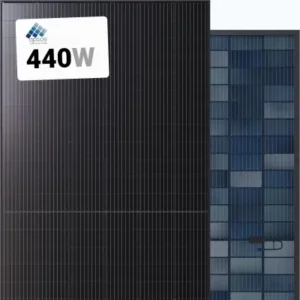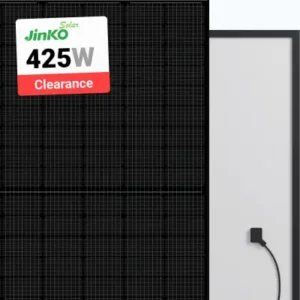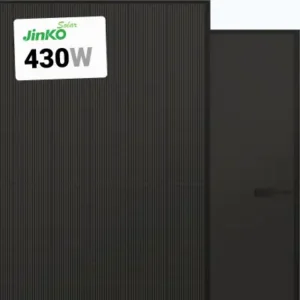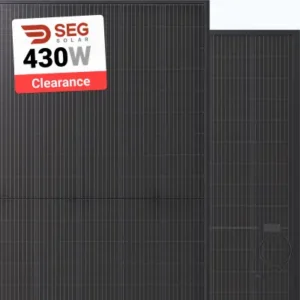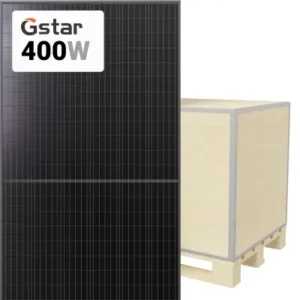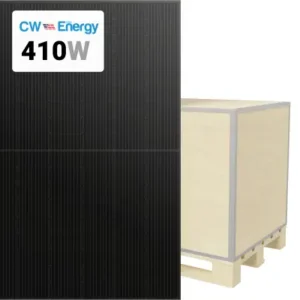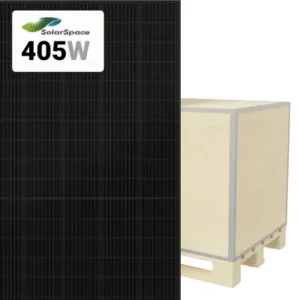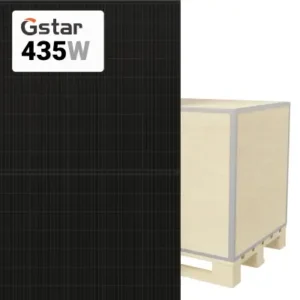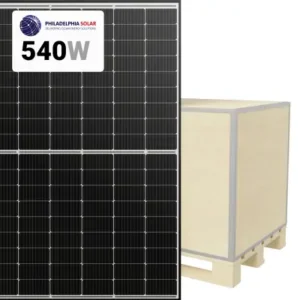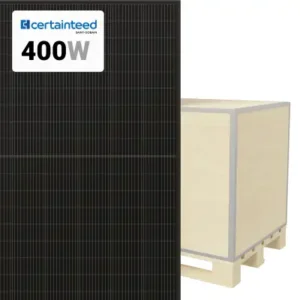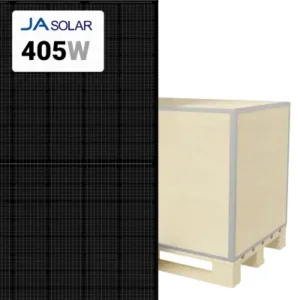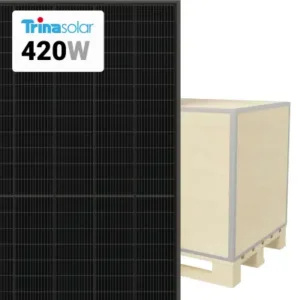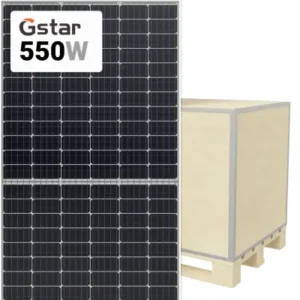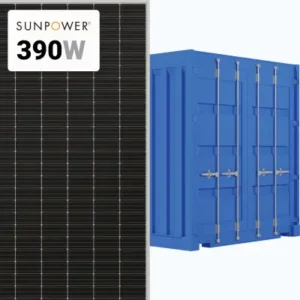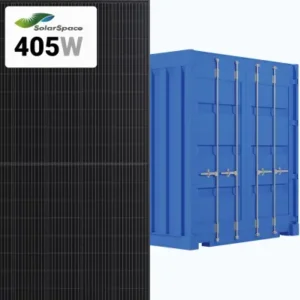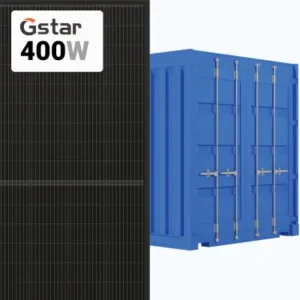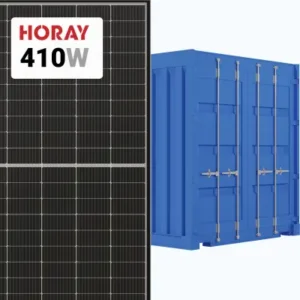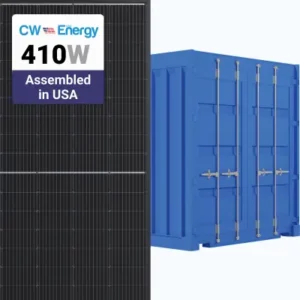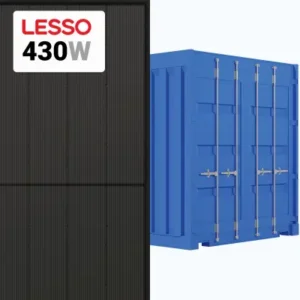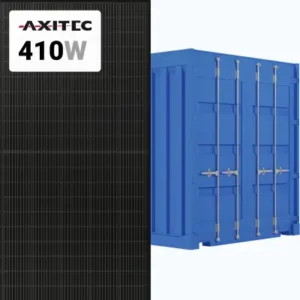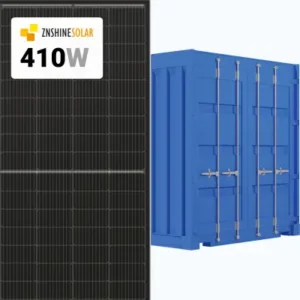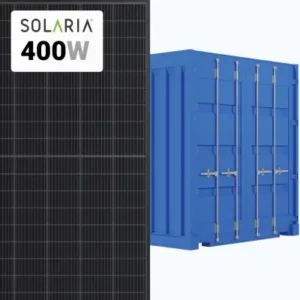Solaria started out as a manufacturer of industrial solar panels, but soon transitioned to the residential market. Solaria’s home is California, and the company still produces a substantial part of their products inside the state. One can count American solar manufacturers on the fingers of one hand, and Solaria is one of them. The company has managed to strike a perfect balance between the looks, efficiency and price.
Solaria solar panels for sale
About Solaria company
Solaria was founded in the year 2000. Back then, residential solar was in the initial part of its development. During the next two decades, the company made important contributions to the industry, regularly coming up with new innovative features. The most recent example is the new PowerXT series, which employs solar cells that have been cut and overlapped in a certain way to bring power density to the next level.
To get a better idea of how much Solaria invested into research and development, you can look at the number of patents. Only in the field of shingled solar panels, more than 250 patents (including pending) belong to the company.
Solaria doesn’t decrease the pace of innovation. The company’s current priority are integrated solutions for commercial and residential buildings. Solaria engineers are actively working on optimizing the performance of their products and software, so that Solaria solar panels could work better in conjunction with the most popular inverters, storage systems, EV chargers, etc. Achieving the highest efficiency and the lowest failure rate is the brand’s ultimate goal.
Quality and Performance
Solaria’s newest series of solar panels – the PowerXT – delivers up to 20% more power when compared to a conventional module. This was achieved thanks to a detailed analysis of the existing technology’s failings. Poor material choices and outdated manufacturing procedures often led to premature loss of functionality due to corrosion. Solaria had to design a solar panel from scratch, which made it better in all respects: reliability, efficiency, degradation resistance and more. This and the strictest quality control made the PowerXT series possible.
With an average efficiency in the industry being between 15 and 20%, Solaria beats most other panels. The lowest efficiency among the PowerXT models is 19.9%. However, efficiency is not the only factor behind the real-world performance of the panels. Power tolerance and temperature coefficient are also useful when evaluating performance. The Power XT line includes modules that have a temperature coefficient of 0.39% and a power tolerance of -0/+3%. It means that efficiency will decrease by 0.39% for every 1.8°F above 77°F. The power tolerance tells us that Solaria solar panels will always generate at their stated capacity under the standard test conditions, and sometimes up to 3% more.
Warranty and Service
Solaria has a Freedom-from-Defects warranty which protects the customers from any material and workmanship flaws during 25 years following the purchase. There are no additional conditions, like contracting a specific installer. Meanwhile, many companies offer 10 or 12 year product warranties, and many others leave you no choice but to use the recommended contractor to get the maximum warranty. Taking this into account, Solaria’s warranty policy is a clear advantage.
The output warranty is just as straightforward. You get the same 25 years, at the end of which period your Solaria solar panels are guaranteed to have retained at least 86% of the original capacity. During the first year you can expect the panels to lose up to 2% due to aging, but after that the annual loss will be capped at 0.5%.
What to look for when choosing a Solaria solar panel
Solaria’s main focus is the PowerXT line. This makes it somewhat easier to pick the perfect match, but to simplify it still further keep in mind a few important factors that apply to any solar panel:
- Nameplate capacity. As a rule, the higher the nameplate capacity, the more efficient the panel. Often the additional watts are accompanied by some extra weight and bulk, but there are exceptions. Solaria’s 365W and 400W panels, for instance, have identical weights.
- Weather resistance. A warranty doesn’t cover damage caused by extreme weather events. Although most panels can easily withstand very powerful winds, heavy snow and even hail, a stronger model can give you some extra peace of mind. You can compare the robustness of different models by their respective maximum rear and front loads (measured in Pa).
- Shading performance. Obstacles between the Sun and your panels can lead to a considerable decrease in the output, because a shaded panel often affects the whole string. Some models deal with the issue better than others. This information is included in the panel’s datasheet.
- Price. Solaria solar panels aren’t the most affordable, but they offer good value for money. The PowerXT line consists of shingled panels with sleek all-black design. The technical characteristics put them among the best-performing panels on the market. To compare different Solaria models, look at their price per watt.
FAQ
Q: Are all Solaria solar panels made in the USA?
A: Solaria operates a large facility in California, but it also owns a plant in South Korea, where it manufactures part of the products. Please note that the standards and processes do not differ between the two facilities and you can expect the same quality regardless of where a particular panel was manufactured.
Q: What is meant by shingled or overlapped solar cells?
A: A shingled panel is very similar in form to a conventional PV module. However, its constituent parts, i.e. solar cells, are arranged on a backsheet like shingles on a roof: each row slightly overlapping another. It increases durability and allows to hide wiring behind the cells, making the panel more beautiful.
Q: Which is the most powerful Solaria solar panel?
A: At the moment of writing, the highest wattage among all Solaria panels is 430W. This panel forms part of the PowerXT line, its model name is PowerXT 430R-PL.
Connecting Solaria Solar Panels: How to Connect
Solar Panel Wire Size
Choosing the right wire size is crucial for the safety and efficiency of your solar power system. This article discusses the factors that influence wire size selection, including current, voltage, and distance. It provides guidelines and tips to help you determine the appropriate wire gauge for your solar panel installation, ensuring optimal performance and safety. Article: Solar Panel Wire Size
Solar Panel Connectors Types
Solar panel connectors are essential for creating secure and efficient electrical connections in your solar power system. This article explores the different types of solar panel connectors available, their specific uses, advantages, and disadvantages. It also provides tips on selecting the right connectors for your setup to ensure reliable and durable connections.
How to Connect Solar Panels in ParallelConnecting solar panels in parallel is a common method to increase the system’s current while maintaining the same voltage. This article offers a step-by-step guide on how to connect your solar panels in parallel, including necessary tools, wiring instructions, and safety precautions. It also highlights the benefits and potential challenges of parallel connections, helping you achieve an efficient and effective solar power system.

